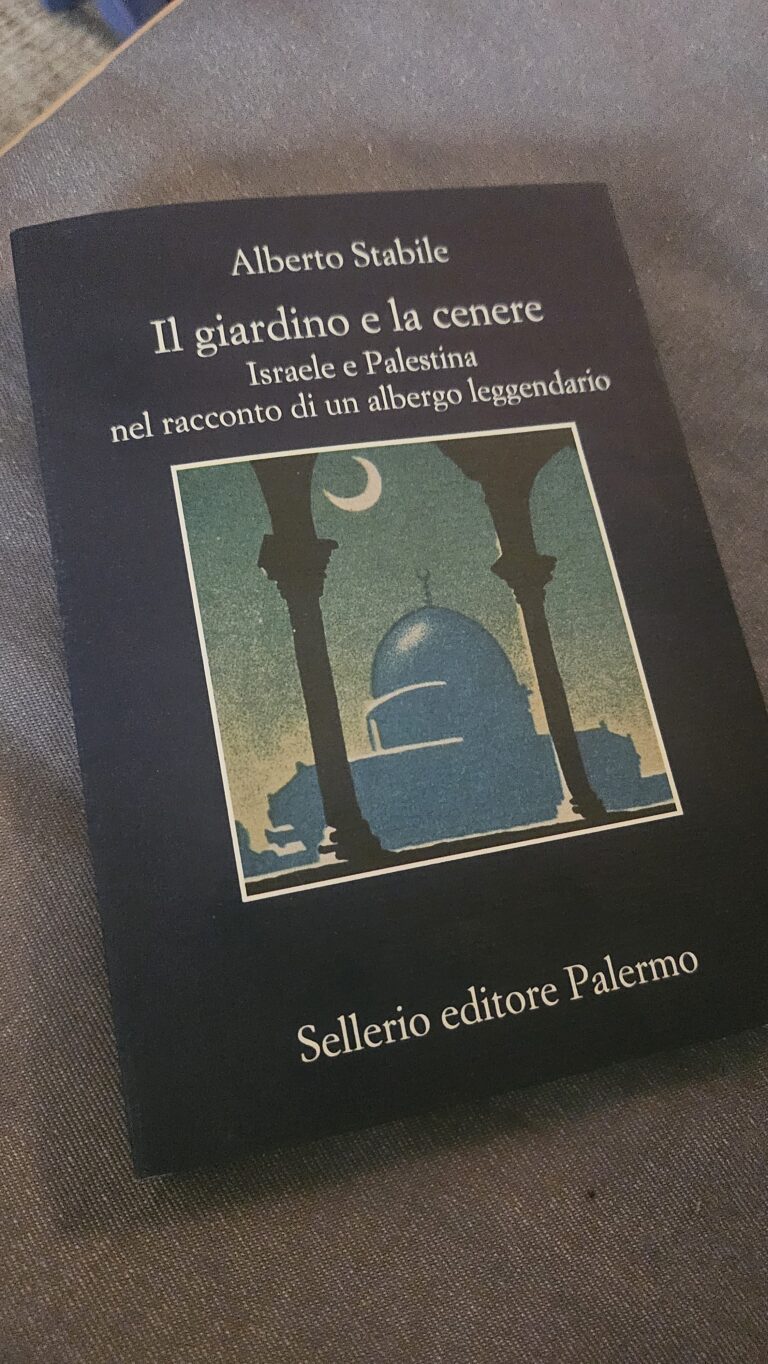Saints and Soldiers: the Embrace of Saints Sergius and Bacchus
One of the oldest surviving icons from the early Byzantine world, this image depicts two Roman soldiers and Christian martyrs standing side by side—clad in military garb, halos touching through the depiction of Christ.
Sergius and Bacchus were Roman officers, executed around 303 CE for refusing to partake in pagan rites under Emperor Galerius or Maximian. But for centuries, especially in Eastern Christianity, they were also celebrated as intimate companions, referred to in early manuscripts as erastai—a Greek term connoting deep, same-sex romantic affection. This icon portrays their bond not only as saintly, but as sanctified—their closeness is both spiritual and physically expressed through proximity, symmetry, and shared sanctity. Some modern scholars and theologians interpret their veneration as an example of adelphopoiesis, or “brother-making”—the liturgical rite for a same-sex union ceremony.
This artwork reminds us that queer love has not only survived within religious contexts—it has been venerated, ritualized, and immortalized in sacred art. Even in traditions that later enforced heterosexual norms, there were spaces where love between men was publicly honoured. Sergius and Bacchus were removed from the Roman Catholic liturgical calendar in 1969, officially due to questions about historical evidence that never bothered the Catholic church before (nor, at any rate, afterwards).








No Comments